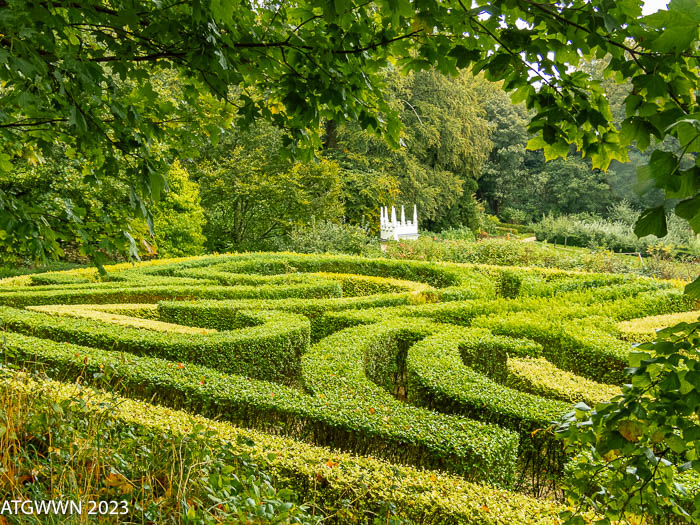
Finding your way forward during these times of uncertainty can be challenging. Nonstop news of floods, fires, searing heat, wild winds, and tragic wars magnify our uncertainties. I look to the garden for direction. I am ready to immerse myself in a green walk among the plants.
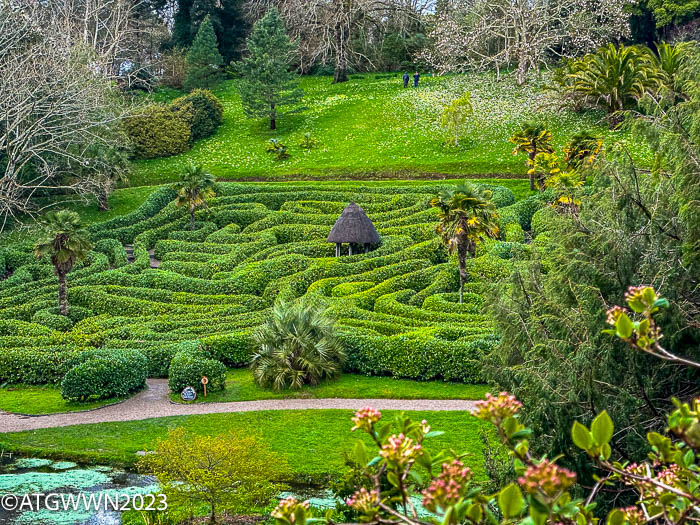
Glendurgan Gardens in Cornwall, England, has a hedge maze designed solely for an entertaining walk. Initially planted by Alfred Fox (a gardener, not a red tail fox) in 1883, a dedicated family of gardeners has clipped and shaped its intricate puzzle of curving pathways for 140 years. All this effort is to provide for the pleasure of family and their visitors to walk in a tunnel of green.
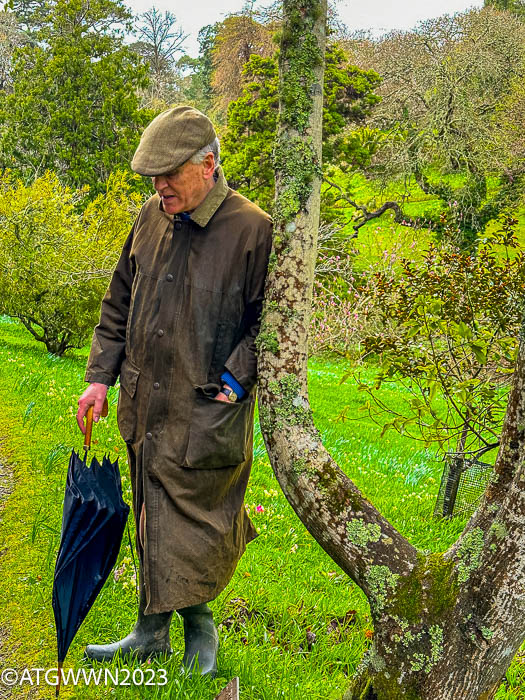
Mazes can be traced back to gardens in early Egypt. In North America, the Tohono O’odham, considered the descendants of the ancient Hohokam culture, holds the man in the maze symbol sacred.

It represents a person’s journey through life with the twists and turns representing choices made in life; with each turn, man becomes more understanding and more potent. The pattern was found in petroglyphs and in basketry. Mazes became extremely popular in the Medieval and Renaissance periods. The walk through the pathways took on an allegorical representation of life’s journey with twists, turns, and dead ends along the way. Always we humans have trod an uncertain path. Reaching the ultimate center of the maze signified enlightenment. This was solemn duty walking.
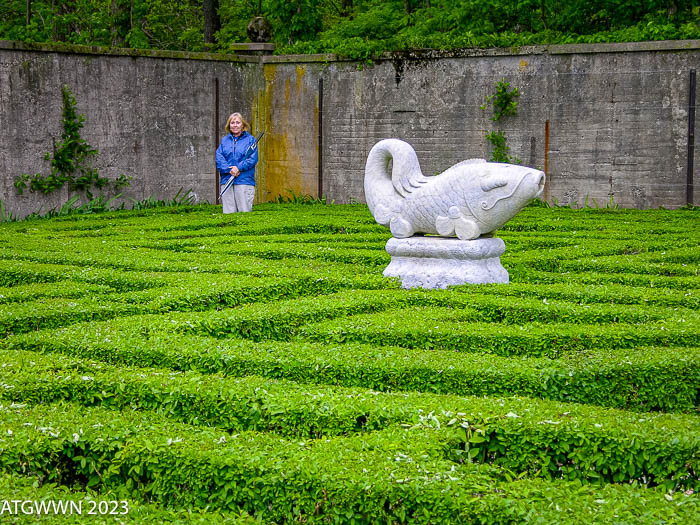
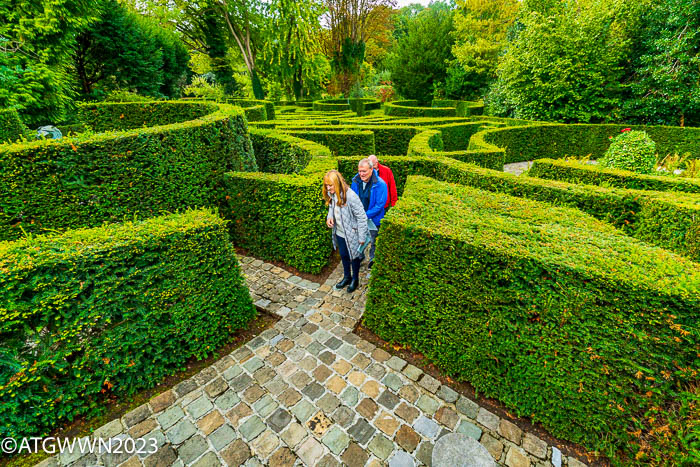
Eventually, seriousness gave way to playfulness. In the Rococo era, an entertaining maze party planned for great fun included artistic sculpture within the pathways or a small bench to secure a private place for canoodling. Revelers who reached the center first were rewarded with drinks and sweet cakes. The best-designed mazes were built on a mound with the center at the highest point so the “winners” could look out over the maze to toast those scrambling along behind.
Wandering into a garden maze today is not likely to hold all these delights. Planted in boxwood or yew, growing six feet high, it can be confusing and claustrophobic. I’ve seen mazes where someone insisted on breaking through the walls of plants and damaging the puzzle for a quick exit.
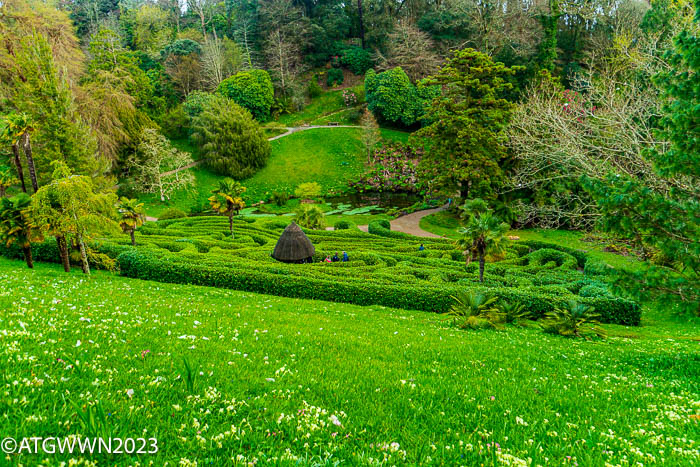
A maze is planted with multiple pathways and dead ends. If you choose to enter, allow time for the experience since it can take longer than planned. A recommended tip for finding your way through a maze is to keep your right hand always on the plant material following the green, keep to the right and continue walking. I plan to try this the next time I enter.
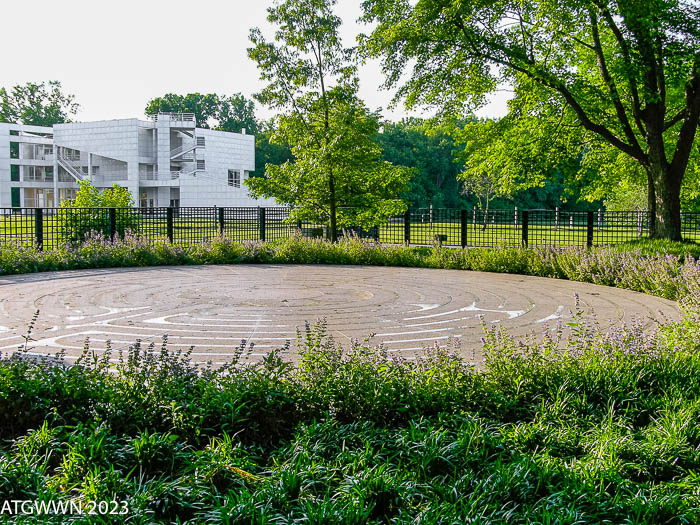
I will mention labyrinths as it is sometimes considered a maze, it is not a walk among the green. It’s flat, generally edged with stone, with a single pathway and many twisting turns required to reach the center. Built alongside cathedrals, labyrinths are a prayerful path, with the entry symbolizing birth and the center representing the light of God. These are popular in healing gardens and public parks offering a meditative path of contemplation. If you want to opt-out after you start, no physical barriers are preventing you from doing so, but oh, that mental commitment, once I begin, keeps me on the path.
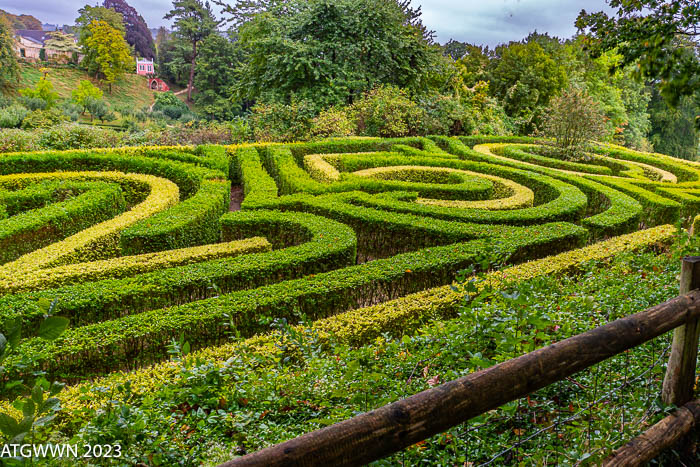
Formal garden hedge mazes aren’t likely part of most home gardeners’ plans today. The commitment to trimming and maintenance is a barrier to creating these in public places. But a midsummer alternative is popping up: a Maize Maze. Wikipedia cites that the first corn maze was created in Anville, PA in 1993. Since then, the trend has spread to other countries, and the patterns have become more intricate and thematic using GPS technology. 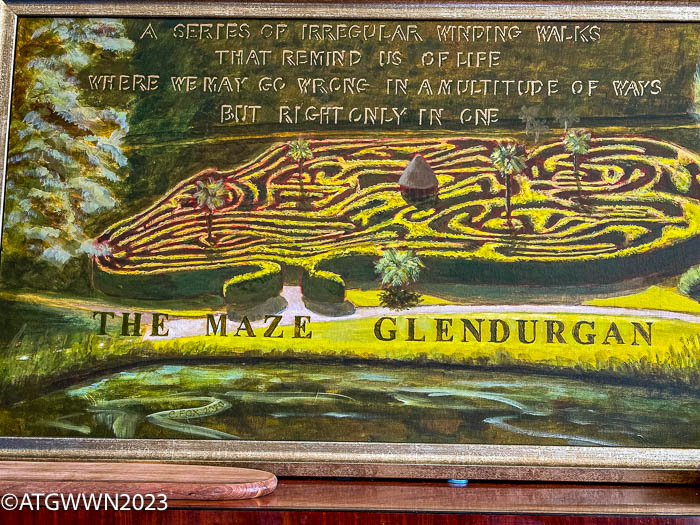 A hedge maze can take years to mature, but corn grows quickly every summer. Playfulness is the goal.
A hedge maze can take years to mature, but corn grows quickly every summer. Playfulness is the goal.

A lively walk in a green cornfield is very popular. Personally, my time in cornfields included too many spiders and sharp edges on the stalks. I’m sure all those issues have been managed by now.
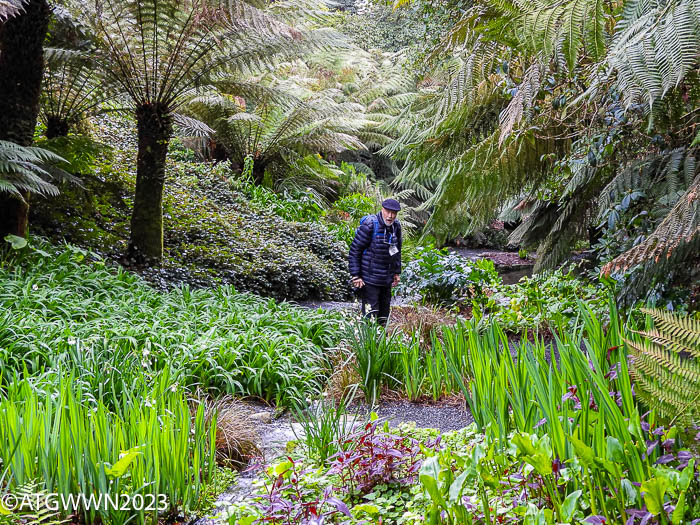
Either way, a good walk in a tunnel of green could be helpful in finding your way forward in this uncertain world.
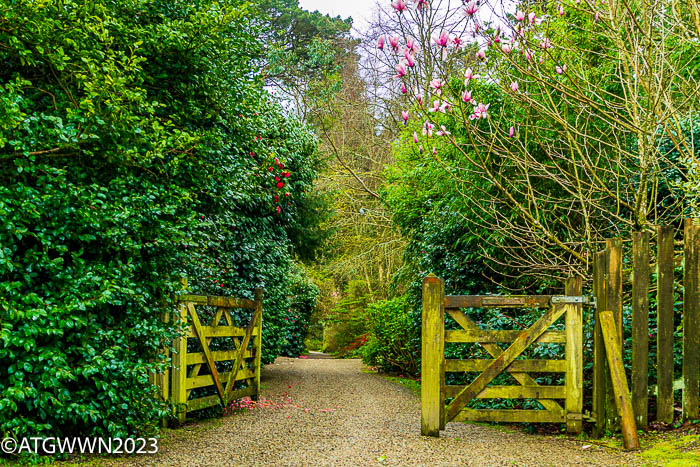

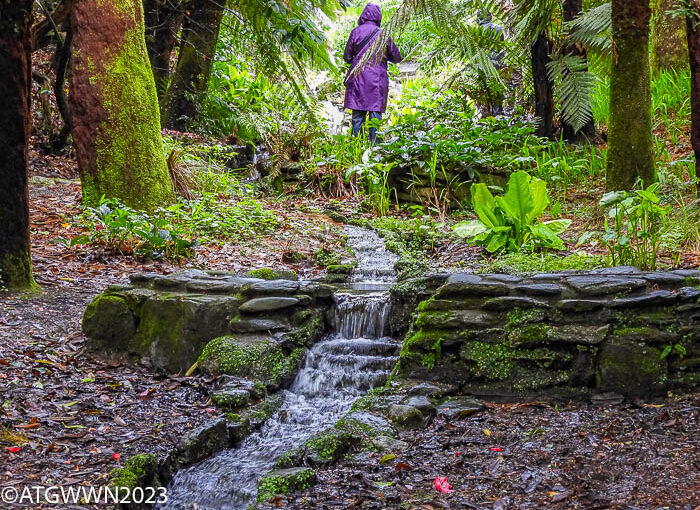
Love seeing this post. Thank you.
Hope you are staying cool Shirley
I liked your description of a maze representing life’s journey with all its twists and turns.
It really is a metaphor isn’t it?
This post feels so refreshing; after 30 days of 110 degrees plus temperatures in Phoenix. I imagine taking this walk myself and I smile.
So glad it helps you cool off,this heat is really intense. These photos cooled me down as well!
Wonderful as always—so inspiring and uplifting–Thank YOU,
Linda for your traveling and sharing.
Thx Vangie, hope you are staying cool!
Beautiful photographs!
I’m reminded of the maze at the University of Minnesota Landscape Arboretum, just a short drive from my house.
Curtis Siller
I hope the Maze at the arboretum is nice and cool!
Linda, the idea of being surrounded by green looks +and sounds) so appealing right now. We enjoyed one in Burton in Water that directs you as you solve the next clue – great fun.
Thanks, as always, for your beautiful photos and reminder to be connected to gardens
Betsy
Hi Betsy, we need some cooling green right now.
Lovely post and amazing photos. Thanks Linda.
Thanks Deb, hope you are staying cool.
As always, dear Linda, your insights are illuminating and inspiring. Yes, life is a-mazing!
Sherry